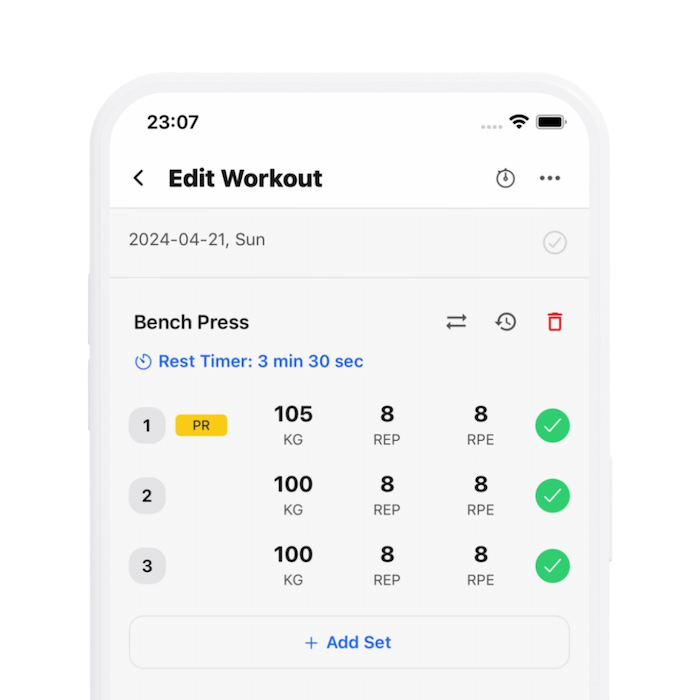30 Seconds SummarySquat Mechanics – The Red Pill
- When you fail a squat, it's typically because all your muscles failed at different stages, not just one specific muscle or group.
- The quadriceps are usually the first muscle group to reach their limit during a squat, maxing out earlier than the hip extensors.
- Relying too much on hip strength and not enough on the quads during a squat can limit the maximum weight you're able to lift.
- Understanding squat mechanics involves considering the sequential muscle activation and failure, with a focus on heavy squats requiring different muscle groups at different phases of the lift.
- Promoting quad usage as much as possible and maintaining a chest-led rather than hip-led ascent out of the squat hole can help maintain optimal lifting posture and maximize lift weight.
- Squatting primarily with quads minimizes the load on hip extensors and can help prevent failing a lift due to their overload.
- Despite popular belief, more upright, 'quad-dominant' squats are not necessarily worse for your knees and should not cause issues in healthy individuals.
- Good squatting technique includes cues like 'traps back, hips under' to efficiently maneuver through the sticking point of the squat by using both quads and hip extensors effectively.
Stronger By Science
Greg Nuckols
